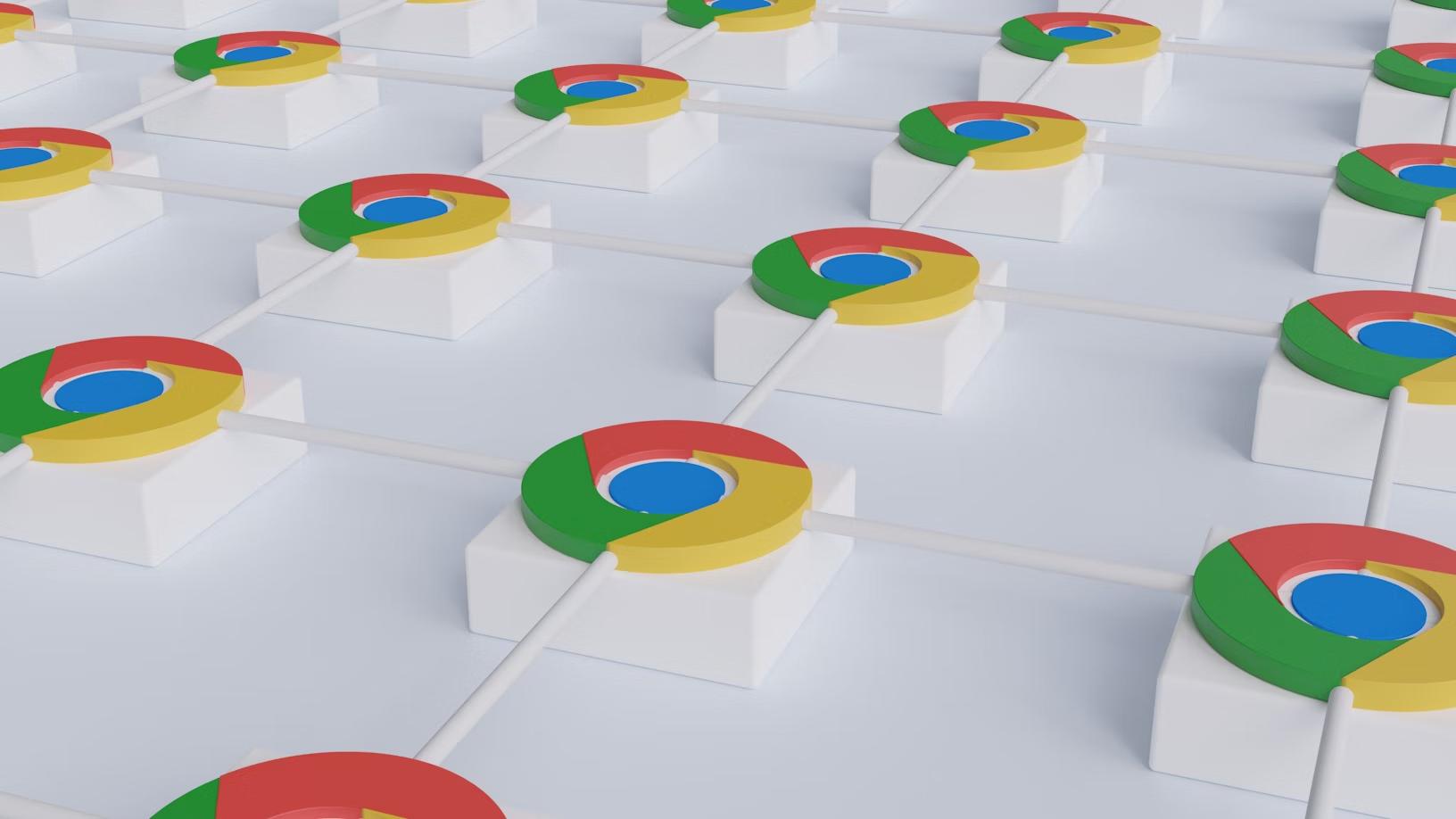Mobile Banking: Is it really safe?

Key Takeaways
Phones are very quickly becoming the device of choice for most adults as 51% turn to their phones first compared to 42% for computers and 7% for other devices [^1]. Because of this, mobile banking, too, is seeing an increase in usage. When it comes to our phones and mobile banking, however, what are the risks involved, and how can you stay safe?
{{component-cta-custom}}
What risks are involved with mobile banking?
Each time you sign in to your financial accounts using a mobile device, a number of threats can put your personal information and financial accounts at risk. While you aren't in control of each of these risks, there are some things that you can control.
Risky WiFi Connections
While your home WiFi connection is generally safe, accessing your financial accounts from public WiFi connections puts your data at risk. In many cases, the security on these networks have holes or don't exist at all. These connections are far less secure because you don't know who set it up, who else is connecting to it, or what activities are being done on the network that might put you at risk. When using unencrypted networks, anything you transmit online from your passwords to your billing details and everything in between is easily obtainable in plain, readable text. Also, criminals set up hotspots in popular areas using names that are similar to those that you might expect to see. For example, you may be shopping at the Smithton Mall and find an unsecured WiFi connection called Smithton Mall Free Access and another called Smithton Mall. One of these may be set up by the mall, but the other is a rogue hotspot set up by cybercriminals who can now see everything you do online while connected to their network.
Phishing Scams
Criminals often use phishing scams as a means to trick victims into providing their payment details or login credentials. One way they do this is by sending an email posing as your bank alerting you of a problem that requires your immediate attention. You can learn about how phishing attacks work here: Phishing Explained: Everything You Need to Know About Phishing Scams
Data Breaches
Unfortunately, data breaches are becoming a widespread occurrence. Data breaches in financial institutions occur when criminals get their hands on any information that was supposed to remain secure and private. This can include anything from your social security number, your mobile banking login credentials, your account numbers, card numbers, and much more.
How Can I Safely Use Mobile Banking?
Mobile banking is a huge convenience for many of us, and we absolutely encourage you to take advantage of this convenience. Just make sure that you're taking the right safety precautions so that your data remains secure. Here are some important safety tips to keep in mind when using online banking:

{{component-cta-custom}}
Don't Log Into Banking Websites or any other Website Containing Personal Data (including your email) From Public WiFi
Public WiFi connections can be easily hacked and usually have less than adequate security. When using a public WiFi connection, assume that any actions you take can potentially be seen by someone else.
Use Your Phone's Mobile Data or Hotspot Feature
If you need to check your account, consider doing so from your phone using its mobile data. This eliminates the need to connect to a WiFi connection that could put your information at risk.
Use Strong Passwords
A strong password contains at least 12 characters and includes both alphanumeric and special characters like exclamation points, periods, dollar signs, or percent symbols. Avoid using your name, the names of your loved ones, your profession, or any other personal information within your password, as this makes it easy to crack. You can learn more about creating a memorable, secure password here: How to Create a Strong Password That You Will Remember
Install Browser Protection
Browser protection is among the cutting edge of online safety technology. Products like Guardio scan each of the websites that you visit and extensions that you add to ensure that they're free of malicious code and scams. They catch things like phishing pages and keyloggers that often go unnoticed, even to the savviest individuals. When a malicious site or extension is found, these products block the offending website or extension and let you know why. They also alert you when a website that you're visiting is still too new to be trusted. Browser Protection keeps you safe by stopping threats BEFORE they reach your device, instead of afterward like traditional antivirus solutions.
Verify the Sender of Emails Related to Your Financial Accounts
When you receive an email that claims to be from your bank, check the sender's email. Many times you will see the name of your bank shown as the sender's name, but if you dig deeper and look at the email address, you could find a fake email address. Trusted companies, including your bank, will send emails only from an email address that contains their company's identity. They will not use Gmail, Yahoo, Hotmail, or other email provider identities commonly used by consumers. If you're ever unsure if an email you received is actually from your bank, visit your local branch in person or call the phone number shown on the back of your debit card.
Know Ahead of Time What To Do If Your Information Is Breached
If you learn of a data breach or notice an unfamiliar charge on your bank account, the chances are that you're going to feel a bit panicked. Times like this tend to cloud our better judgment, and, in turn, we miss specific significant steps that need to be taken. This can cause the situation to become even more devastating than it was when it started. You can learn about what to do when your information has been breached here: I've Been Breached: A Step By Step Guide to Protecting Your Data
Activate Live Account Monitoring
While you may be taking steps to stay safe online yourself, this doesn't mean that everyone else is doing the same. The news headlines are full of reports of major websites experiencing data breaches, but only a small number of these breaches are made known to the public. Companies hide breaches every day for fear of the negative attention and loss of business that comes with their violation of customers' trust. Guardio offers account monitoring that can alert you right away if your account information was shared online or on the dark web for criminals to access so that you know to begin taking action to protect yourself right away.
{{component-cta-custom}}








